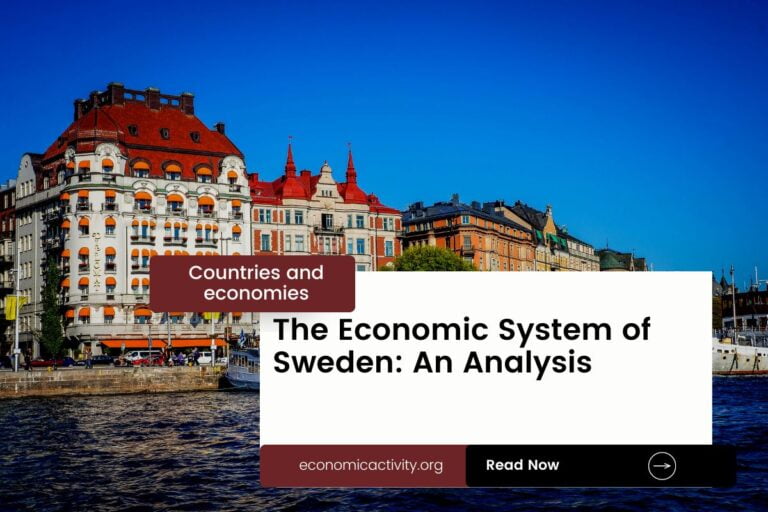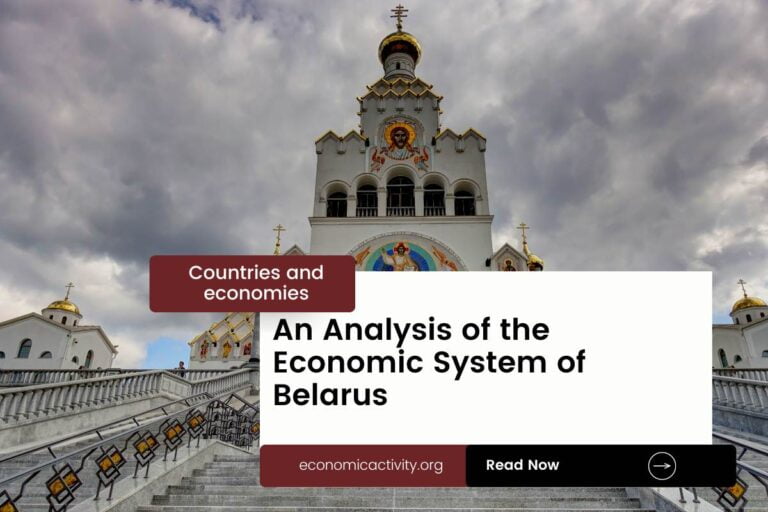Central African Republic is a landlocked country in Central Africa with a population of 5,579,144, ranking 111th globally, just behind Singapore. It covers a total area of 622,980 square kilometers, ranking 43rd worldwide, just behind Norway.
The Central African Republic’s economy is positioned at a challenging state in 2022, with a GDP of 2,382,618,615.01 USD, ranking 167th globally. It lags behind Bhutan, whose GDP stands at 2,707,000,000 USD. The country’s GDP per capita is 427.06 USD, placing it at the 185th position worldwide.
It is surpassed by South Sudan, with a GDP per capita of 467 USD. Despite facing economic hurdles, the Central African Republic is striving to improve its financial standing and foster growth in various sectors.
What are the economic activities of Central African Republic?
- Primary activities: 43.2% of GDP.
- Secondary activities: 16% of GDP.
- Tertiary activities: 40.8% of GDP.

Primary Sector of Central African Republic
The primary sector in the Central African Republic is predominantly focused on agriculture, with a diverse range of crops and animal products. The country’s agricultural activities are influenced by its tropical climate and abundant natural resources. Approximately 7.88% of the country’s land is used for agriculture. The main agricultural products include cassava, groundnuts, yams, coffee, maize, sesame seeds, bananas, taro, sugarcane, and beef.
Agriculture, forestry, and fishing contribute 43.2% to the country’s GDP. Despite not being the largest contributor, agriculture plays a crucial role in the economy by providing employment and sustenance for a significant portion of the population. The variety of crops and animal products highlights the importance of the agricultural sector in supporting livelihoods and ensuring food security in the Central African Republic.
The country’s geological diversity, rich in minerals and forests, contributes to abundant natural resources. Diamonds, uranium, timber, gold, oil, and hydropower drive its economy, supporting industries and providing revenue.
Secondary Sector of Central African Republic
What is the secondary sector or what are secondary activities?
The secondary sector involves industries that transform raw materials from primary activities into finished products for consumption. In the Central African Republic, main industrial products include brewing and sugar refining. Brewing involves the production of beverages, while sugar refining is the process of purifying sugar for various uses. These products are essential for the country’s economy and contribute to its industrial growth.
Manufactures in the total exports of Central African Republic are not significant, accounting for only 37.99% in 2023, indicating a heavy reliance on other sectors for export revenue.
Tertiary sector of Central African Republic
What is the tertiary sector or what are tertiary activities?
The tertiary sector in Central African Republic encompasses services that enhance productivity and meet needs through intangible goods like advice and expertise. Key activities include healthcare, education, banking, communication, media, and transportation. These services contribute to the country’s economic development and societal well-being.
Of particular importance, The Central African Republic’s tourism industry holds minimal significance for its economy. With a mere 87,000 annual arrivals, representing a minuscule 0.0156 ratio of arrivals to population, the sector’s contribution is negligible. Alternative economic drivers should be prioritized to bolster growth and development in the nation.
Another example of tertiary economic activity is the mobile cellular sector, which boasts approximately 1.8 million subscriptions. This connectivity fosters technological growth, enabling digital services and innovation across various industries.
Military Activities and Economic Sectors of Central African Republic
The military is a good example of many economic activities. In the primary sector, resources are extracted for military use. The secondary sector includes the manufacturing of military equipment. The tertiary sector covers services provided by the military, while the quaternary sector focuses on military research and development. Finally, the quinary sector involves high-level decision-making and strategy for military operations.
In 2023, the Central African Republic’s military expenditure was $62.3 million, which is 1.69% of its GDP. The active military force consists of 9,150 personnel, resulting in about 1.8 active military members per 1,000 people in the country.
International Trade of Central African Republic
Import Activities of Central African Republic

The import activities of the Central African Republic are crucial, accounting for 32.93% of GDP, totaling 78,466,945.63 in 2023.
The Central African Republic’s main import partners are Cameroon, the US, China, France, and South Korea. They primarily import refined petroleum, engines, aircraft, prefabricated buildings, and packaged medicine.
Exports Activities of Central African Republic

The total exports of Central African Republic in 2023 were $293,074,002.74, accounting for 12.3% of its GDP. With export activities constituting a low percentage of GDP, their importance is moderate, contributing to economic growth but not a dominant factor in the country’s economy.
The Central African Republic exports mainly gold, wood, diamonds, vehicle parts/accessories, and electrical machinery. Its top export partners are the UAE (40%), Italy (11%), Pakistan (10%), China (10%), and France (6%).
Central African Republic economy challenges in 2024
In 2024, the Central African Republic faces challenges due to its enormous natural resources, extreme poverty, weak institutions, and political violence. The displacement of 25% of the population, along with the Bangui-Douala corridor blockade, hinders economic activity and tax collection. Despite a strong agricultural sector, the country struggles with ongoing issues.




Leave a Reply